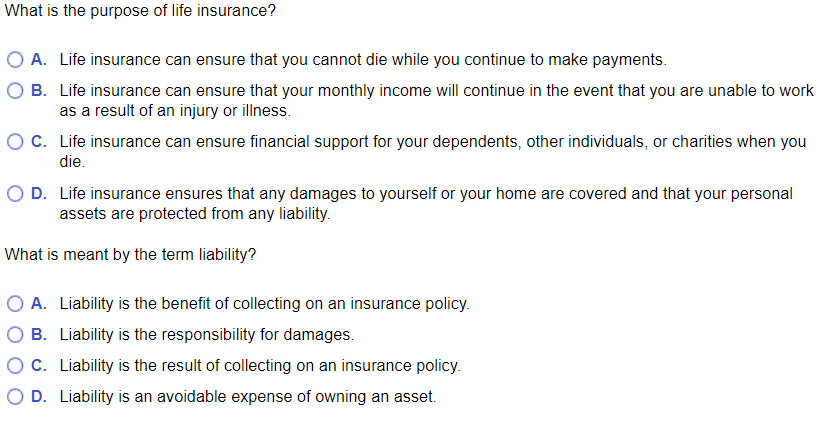10 Simple Techniques For Pacific Prime
10 Simple Techniques For Pacific Prime
Blog Article
What Does Pacific Prime Mean?
Table of ContentsPacific Prime Fundamentals ExplainedSome Known Incorrect Statements About Pacific Prime The Pacific Prime PDFsExamine This Report about Pacific PrimeThe 9-Minute Rule for Pacific Prime

This is because the data were gathered for a duration of strong economic efficiency. Of the estimated 42 million individuals that were uninsured, all but about 420,000 (concerning 1 percent) were under 65 years of age, the age at which most Americans end up being qualified for Medicare; 32 million were grownups between ages 18 and 65, about 19 percent of all grownups in this age; and 10 million were children under 18 years old, about 13.9 percent of all kids (Mills, 2000).
These price quotes of the variety of persons without insurance are created from the yearly March Supplement to the Current Population Study (CPS), carried out by the Demographics Bureau. Unless otherwise noted, national price quotes of individuals without health insurance and proportions of the population with different type of protection are based upon the CPS, one of the most widely used resource of estimates of insurance coverage and uninsurance prices.
10 Easy Facts About Pacific Prime Explained

Still, the CPS is specifically helpful since it creates annual price quotes reasonably promptly, reporting the previous year's insurance policy protection estimates each September, and because it is the basis for a regular set of estimates for greater than twenty years, enabling evaluation of patterns in coverage in time. For these reasons, as well as the extensive usage of the CPS in other studies of insurance coverage that are offered in this report, we count on CPS price quotes, with restrictions noted.

The estimate of the variety of uninsured individuals broadens when a populace's insurance coverage status is tracked for numerous years. Over a three-year period starting early in 1993, 72 million individuals, 29 percent of the U.S. https://moz.com/community/q/user/pacificpr1me. population, were without insurance coverage for a minimum of one month. Within a single year (1994 ), 53 million individuals experienced at the very least a month without insurance coverage (Bennefield, 1998a)
6 out of every ten without insurance adults are themselves utilized. Working does enhance the likelihood that one and one's family participants will have insurance policy, it is not an assurance. Even participants of families with 2 full-time wage income earners have nearly a one-in-ten chance of being without insurance (9.1 percent uninsured price) (Hoffman and Pohl, 2000).
What Does Pacific Prime Do?
New immigrants account for a significant percentage of people without medical insurance. One evaluation has actually attributed a substantial part of the recent growth in the size of the united state uninsured population to immigrants who got here in the nation in between 1994 and 1998 (Camarota and Edwards, 2000). Current immigrants (those that concerned the USA within the previous 4 years) do have a high price of being without insurance (46 percent), yet they and their children account for simply 6 percent of those without insurance coverage across the country (Holahan et al., 2001).
The partnership in between medical insurance and accessibility to care is well developed, as recorded later in this chapter. The relationship in between health and wellness insurance and wellness outcomes is neither direct nor simple, a comprehensive scientific and wellness services study literary works web links health insurance policy protection to improved accessibility to care, much better quality, and enhanced personal and populace health and wellness status.
Degrees of analysis for taking a look at the impacts of uninsurance. This conversation of health and wellness insurance policy protection focuses largely on the united state population under age 65 because essentially all Americans 65 and older have Medicare or other public insurance coverage. In addition, it focuses particularly on those without any type of medical insurance for any size of time.
Some Known Facts About Pacific Prime.
The problems encountered by the underinsured are in some aspects similar to those encountered by the uninsured, although they are generally much less serious. Health insurance, nonetheless, is neither required neither sufficient to get access to clinical services. The independent and direct effect of wellness insurance protection on access to health solutions is well developed.
Others will get the healthcare they require even without medical insurance, by paying for it expense or seeking it from suppliers who supply care cost-free or at extremely subsidized prices. For still others, wellness insurance coverage alone does not ensure receipt of treatment since of other nonfinancial barriers, such as a lack of healthcare suppliers in their area, limited accessibility to transport, illiteracy, or linguistic and cultural distinctions.
Things about Pacific Prime
Formal study regarding without insurance populaces in the USA dates to the late 1920s and very early 1930s when the Board on the Price of Medical Care created a collection of records regarding funding doctor workplace check outs and hospital stays. This concern came to be significant More Info as the numbers of clinically indigent climbed during the Great Anxiety.
Report this page